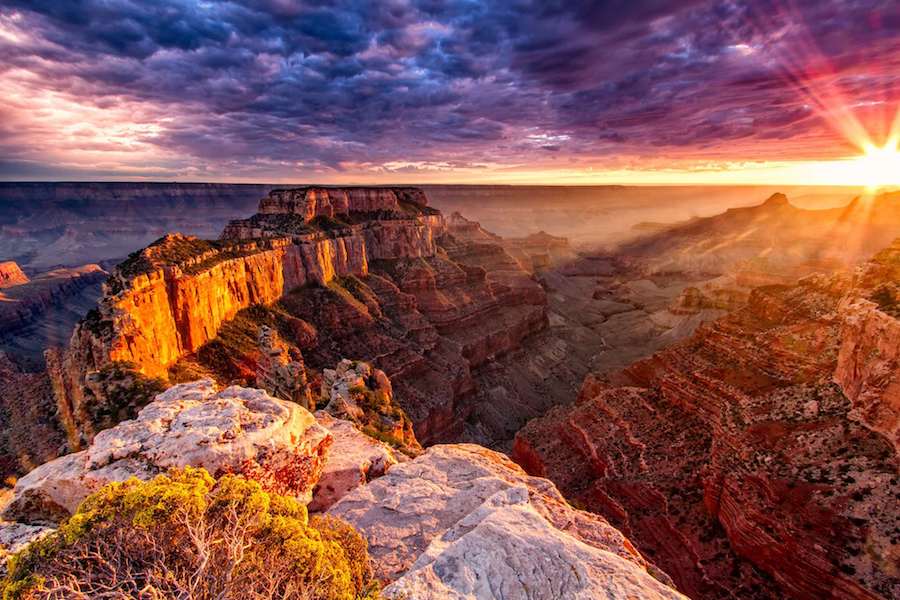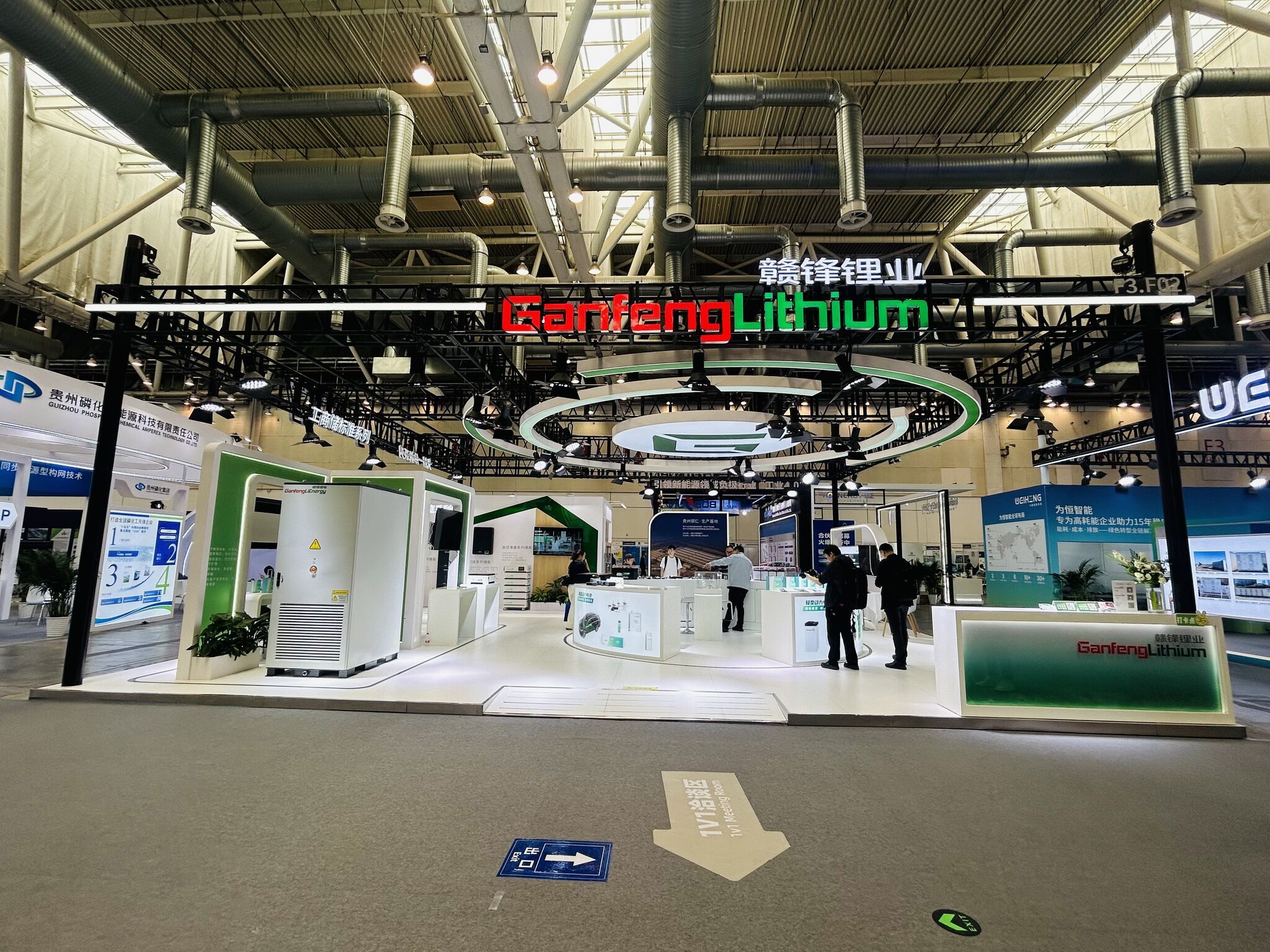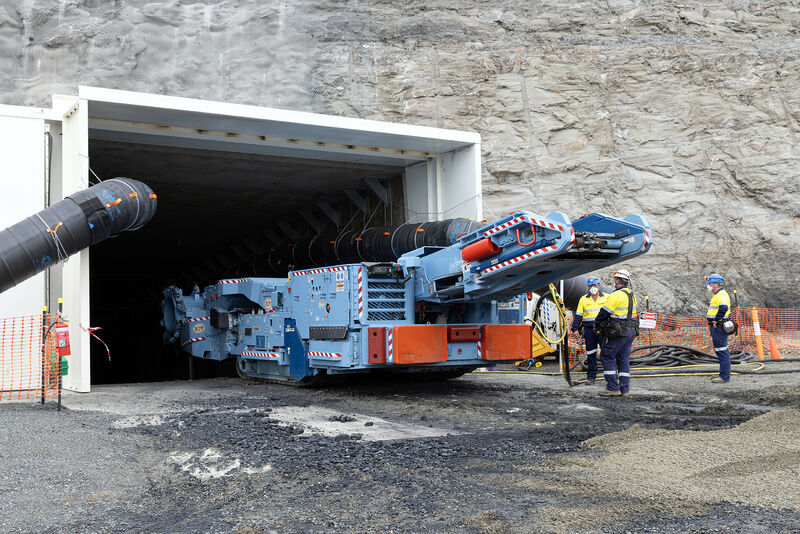What rhymes with Grand Canyon? Yes, uranium

The U.S. Nuclear Energy Institute and the National Mining Association (NMA) are demanding the Obama administration to revoke a ban on new uranium mining around the Grand Canyon in Arizona. And they are doing so by suing the U.S. Interior Department, as the organizations announced yesterday.
As it reads in the complaint filed in federal court in Arizona, the two bodies, representing mining and nuclear power companies, aim to get the green light for new hard-rock mining claims on about 1 million acres (405,000 hectares) of land.
The lawsuit asks the court to “immediately vacate the Secretary’s withdrawal and enjoin defendants from withdrawing any lands under the Northern Arizona Proposed Withdrawal,” which should lead to a revocation of the U.S. Interior Department ban, announced Jan. 9.
NMA President and CEO Hal Quinn said that the organism he represents is also challenging the environmental impact statement filed by Secretary of the Interior and the department’s compliance with the National Environmental Policy Act (NEPA).
“Further, DOI has provided no evidence in the record or in its environmental impact statement that a million-acre land grab is necessary to avoid environmental harm,” said Quinn adding that the local government “has inadequately analyzed the economic impact of its actions (…) failing to rigorously evaluate the ’no action’ alternative required by NEPA.”
In another statement, released by The Nuclear Energy Institute, vice president for policy development, Richard Myers, said the proposed land withdrawal was designed to protect against circumstances that no longer exist. The land involved isn’t within the Grand Canyon or the buffer zone protecting the national park, according to the statement.
“Contrary to the assertions by the administration, today’s environmental laws ensure that ore extraction and production at uranium mines have minimal environmental impact on the surrounding land, water and wildlife,” Myers said.
The uranium resources in the so-called Arizona Strip represent about 40 percent of U.S. reserves and some of the highest-grade uranium located in the U.S., according to the group’s statement.
The 20-year ban on new mining claims, passed on Jan. 9, was based on an environmental impact study prepared by the Bureau of Land Management, which estimated that as many as 30 uranium mines would be developed without the ban.
More News
{{ commodity.name }}
{{ post.title }}
{{ post.date }}






Comments